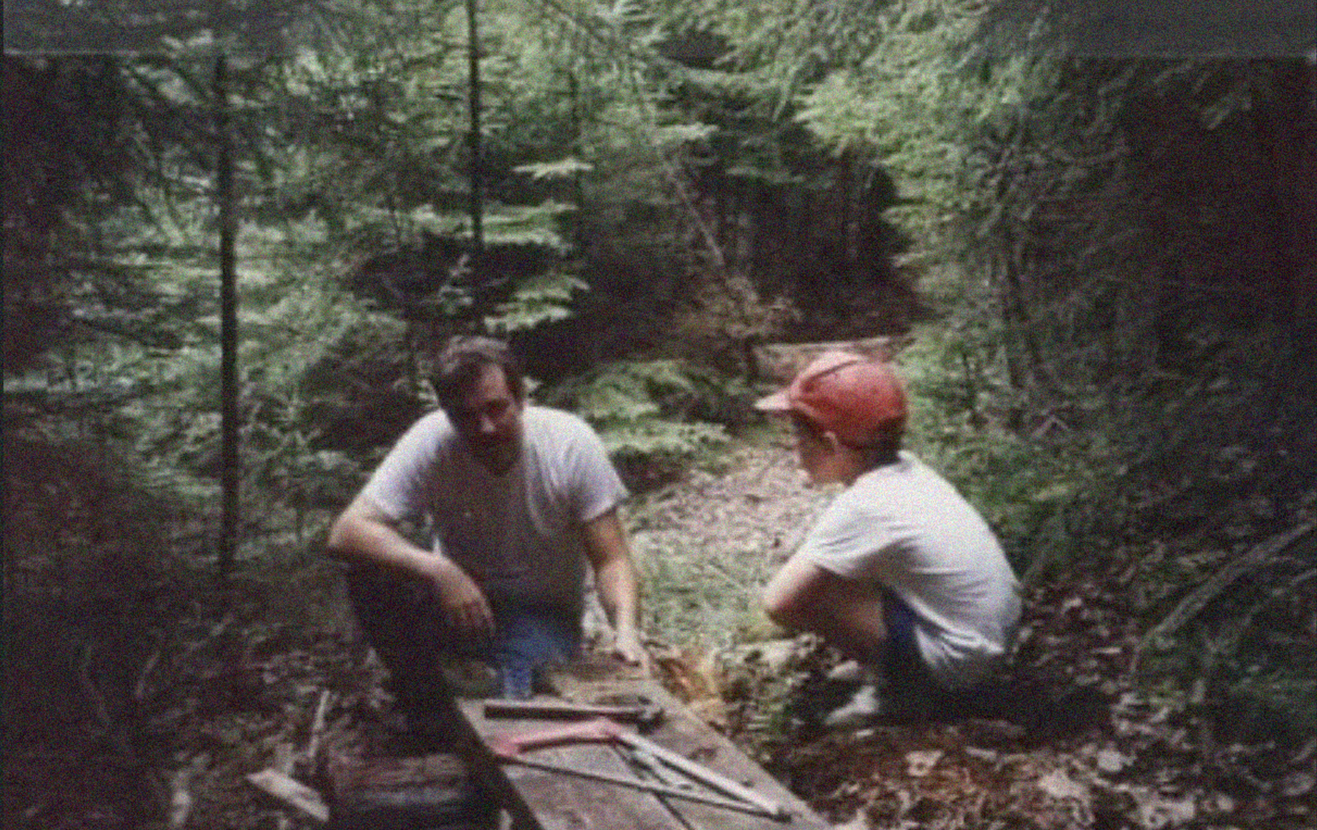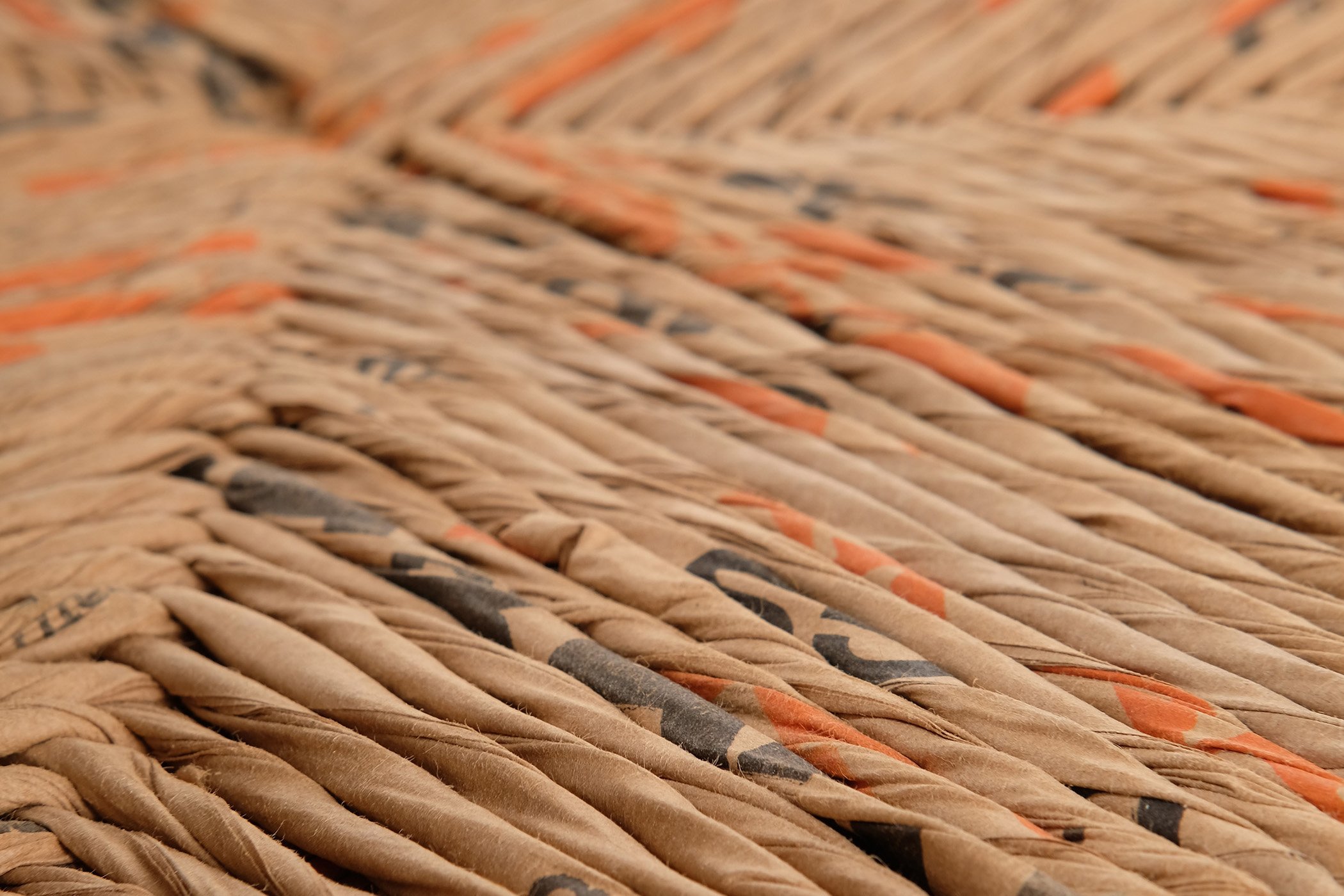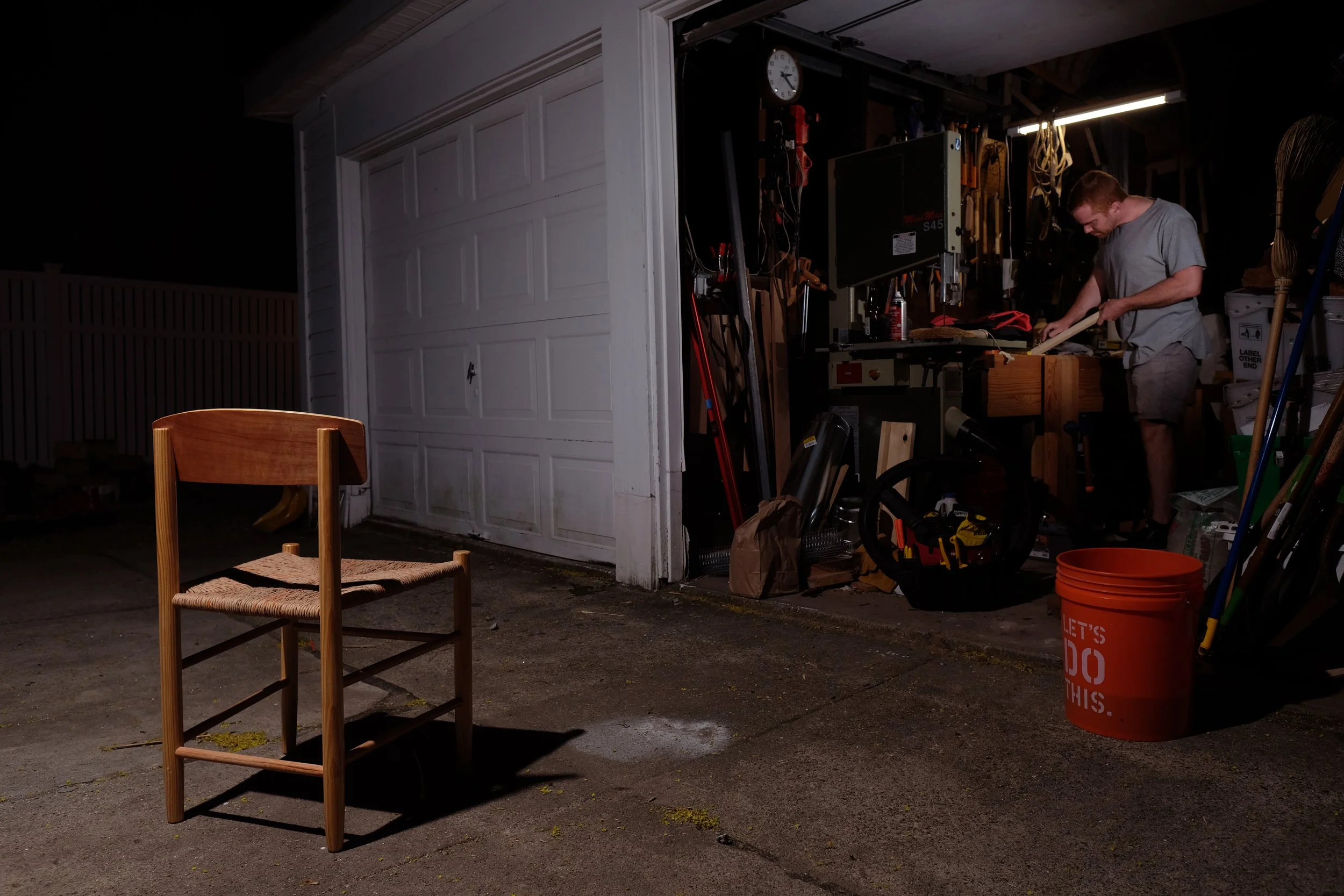Whence It Came_ Big Box Vernacular
My dad and I in 1990 repairing a footbridge on the 2 mile hike to my late grandmother’s camp on Lake Bisby in the Adirondack Mountains.
My dad worked as an architect until his retirement a few years back. His can do attitude, abilities to make things with limited tools and materials, and his sharing this attitude and these abilities with me are central not only to this specific chair, but a significant portion of my aspirations as a designer. These qualities also mean he has always been asked to fix things for people, as evidenced by the replacement of this footbridge on a hiking trail on Lake Bisby in the Adirondack Mountains, a wonderful place we would visit for a week or two every summer during my sisters’ and my childhood.
He, along with many DIYers from his generation very well may have laid the groundwork for Big Box Vernacular, with their Craftsman radial arm saws inherited Stanley hand planes, and Black and Decker drills. Just as generations before him witnessed the abstraction of trees into lumber, his generation witnessed the overcoming of hardware stores by home improvement centers.
The gap between raw material and the Big Box store is inconceivably wide, and intentionally opaque. Big Box Vernacular seeks to establish a new vernacular furniture language in an era of mass consumption, global supply chains, and totals obfuscation of locale, raw material, energy use, etc.
What is vernacular design in an era of mass consumption and global supply chains? Big Box Vernacular, a phrase I coined while working on Whence it Came, has headed me down a path that seems to have no end. A curiosity which requires investigating, and as such, I continue to do so.
Evidence of this continued investigation can be seen in a course I co-taught at RISD with Eric Loucks, the results of which can be seen here.
The most difficult material to source for Big Box Vernacular was something to weave the seat with. I wove it from paracord one time, cotton rope another, and both proved too slippery to stay put. Finally I cut lawn waste bags into strips and made my own fiber rush, and it worked like a charm.
Big Box Vernacular in the moulding aisle of the North Kingstown Home Depot. All of the round components were found in this aisle, and with the exception of the subtle tapering and mortising of the legs, they remained intact dowels.
Big Box Vernacular in front of my one car garage shop where it was made. While I have had the good fortune of acquiring a great secondhand bandsaw while living in Rhode Island (as seen in the front of the garage) I did not use it in this chair’s construction, staying true to the limits imposed by the big box.
It is made from Southern Yellow Pine closet rod, red oak dowels, laminated luan backrest, screws, PVA glue, and cut and twisted yard waste bags.



